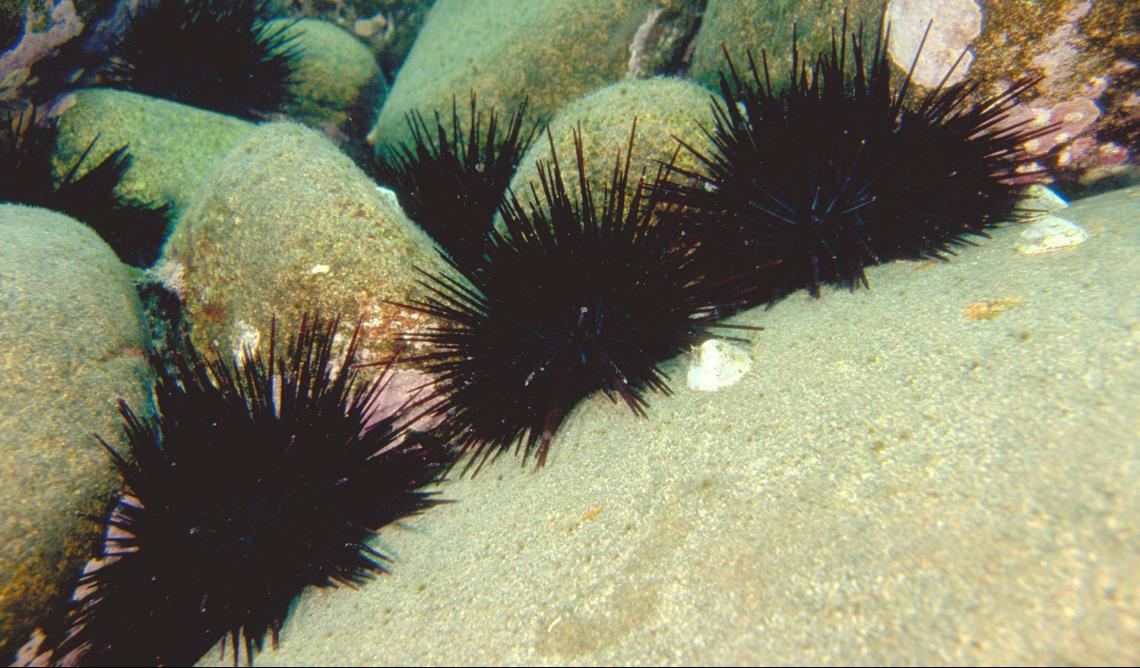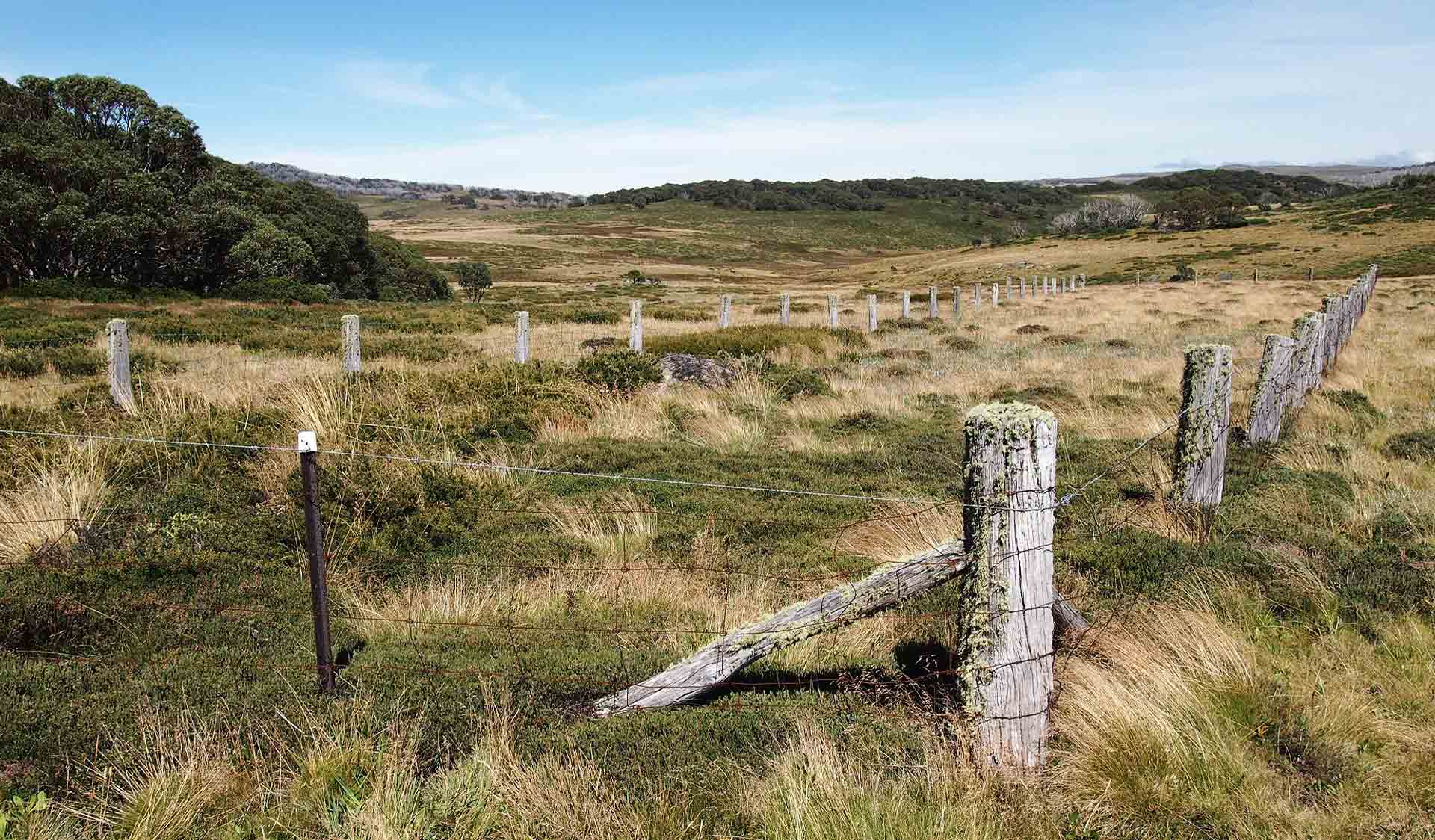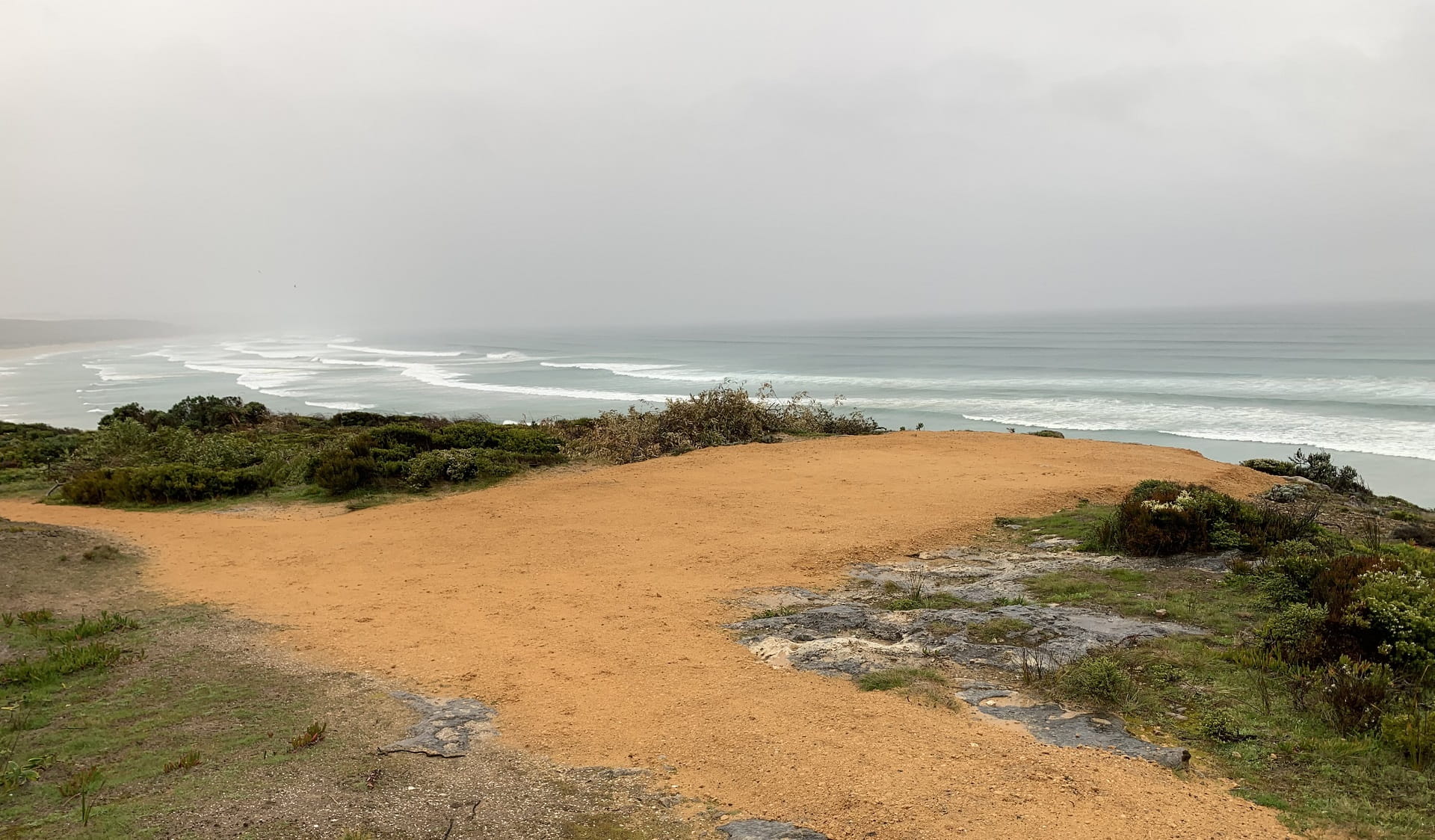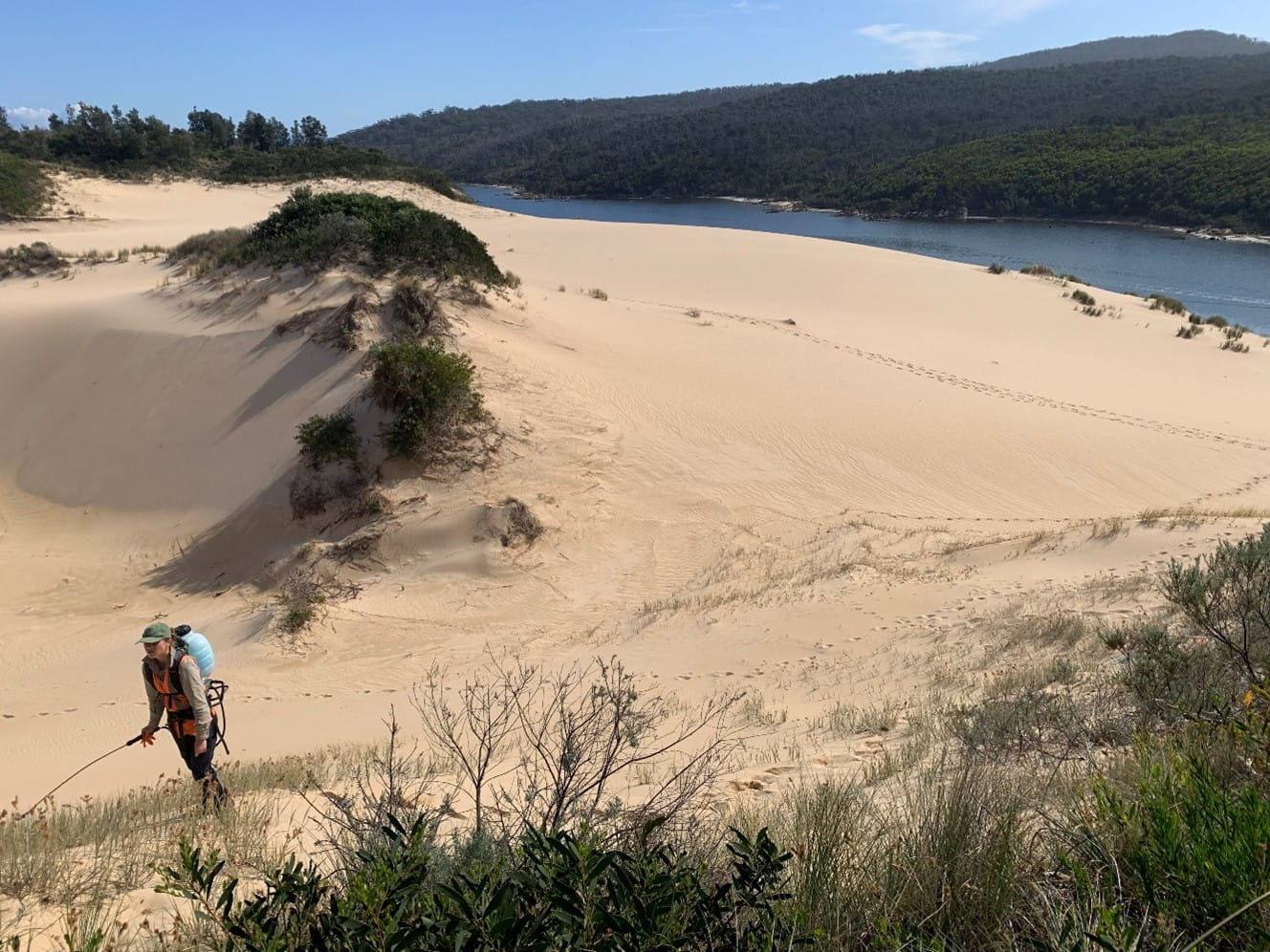Kelp forests recovering after urchin culls
Friday 21 May, 2021
The long-term program to improve the health of Beware Reef Marine Sanctuary is showing signs of success, with significant kelp growth observed on a recent survey.
Parks Victoria dive crews returned to the sanctuary in April 2021 to revisit sites where Black Sea Urchins have been culled over the past two years. Preliminary results are very promising, with kelp forest regrowth observed and few urchins present in treated areas.
Like forests on land, kelp forests are an important part of the marine ecosystem as they provide habitat for many species, from sharks to invertebrates. For more than decade, Beware Reef Marine Sanctuary in East Gippsland has experienced overgrazing by the overabundant Black Sea Urchins (Centrostephanus rodgersii), which has extended its historical range from New South Wales into eastern Victoria due to warming waters. By overgrazing the seaweed on a reef, the urchins create extensive barrens leaving nothing but bare rock, which supports far less marine life.
Since March 2019, more than 25,000 Black Sea Urchins in the marine sanctuary have been culled to protect this unique reef and the species that call it home. Parks Victoria engages expert contractors using specially designed hand-tools ensuring quick, humane culling. This allows marine vegetation, like kelp forests, to regrow and provide habitat for the more than 350 species of plants and animals that live in Beware Reef.





